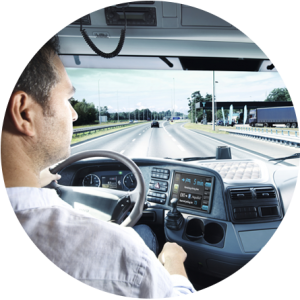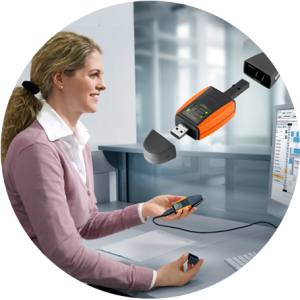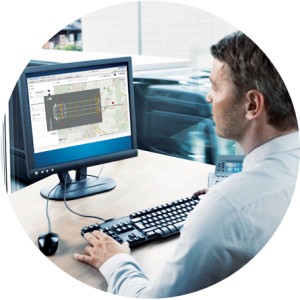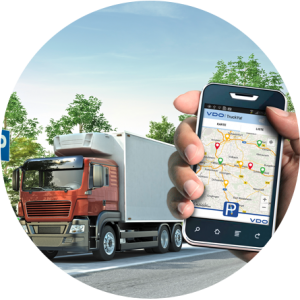Digital Tachograph
According to European regulations, all commercial vehicles manufactured after 1st May 2006 must be fitted with a digital tachograph to replace the analogue tachograph. By fitting a digital tachograph to a vehicle, speed, distance and activity can be recorded to make sure drivers and employers follow the rules on driving hours.
You must use a digital tachograph if your vehicle comes under EU or AETR rules.
The Digital Tachograph System
To understand how to operate your digital tachograph, it’s best to familiarise yourself with how the system works. The system includes a digital driver card, the tachograph head and a sender unit attached to your vehicle’s gearbox. Speed data recording – As the gearbox output shaft turns, the sender unit produces electric pulses, which the head interprets digitally as speed data.
Driver activity recording – The tachograph will digitally record driver activity through a selection of modes. ‘Drive mode’ is activated automatically when your vehicle starts moving and changes to ‘other work’ mode when your vehicle comes to rest. If you do take a rest, you can manually select ‘rest’ or ‘availability’ modes whilst stationary.
All digital data is stored in the tachograph head’s internal memory and on the flash memory chip within the digital driver card, providing it is inserted into the head.
Important Notice
Advantages of digital tachograph software
- The data stored in digital tachographs can be analysed by computers and infringements are identified automatically
- The design of the software means data can’t be altered or deleted once stored in the head or card
- The data is easier to interpret than analogue tachographs, without human error
- When the memory bank in the card or head is full, old data will be overwritten automatically
Digital tachograph head model types
- Siemens / Continental VDO DTCO 1381
- Stoneridge Electronics SE5000
- Actia SmarTach
- Efkon Efas 3 / Intellic Efas 4
To enquire about our range of digital tachograph systems, please call 0115 9221 441 or email us for expert advice.
Contact usWhat are the driving hour & break rules?
The EU has strict rules governing the maximum hours of driving per week for employers, as well as when and how long breaks should be. This is for the safety of drivers and other motorists and digital tachographs are very reliable way to record them.
Breaks – After a driving period of no more than 4.5 hours, drivers must take a break of at least 45 minutes. Alternatively, you can do the following combinations, with the last break being at least 30 minutes:
- 2 hours driving – 15min break – 2.5 hours driving – 30min break
- 2 hours driving – 34min break – 2.5 hours driving – 30min break
Driving – The maximum daily driving limit is 9 hours, but can be increased to 10 hours twice a week. Therefore the maximum weekly driving limit is 56 hours. For more detailed information about driving, break and rest hours, click the button below:
View Rules




You must be logged in to post a comment.